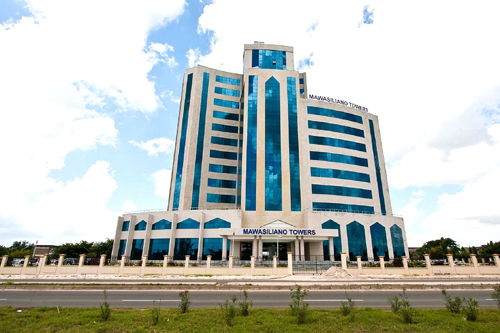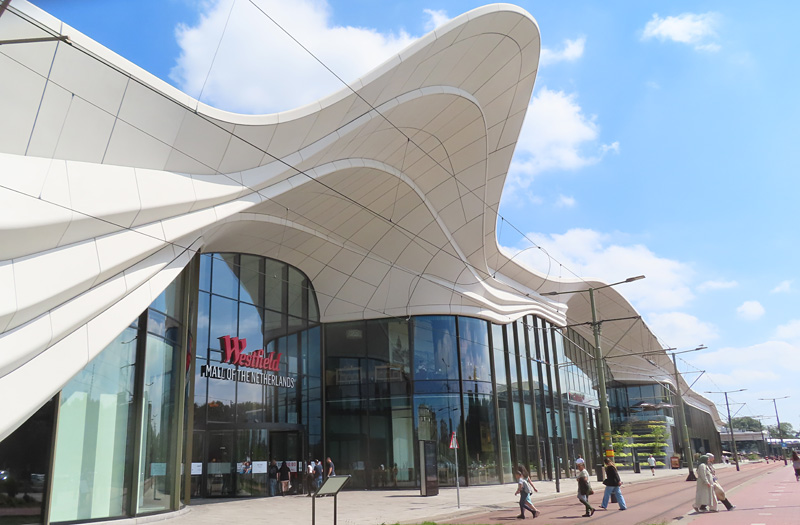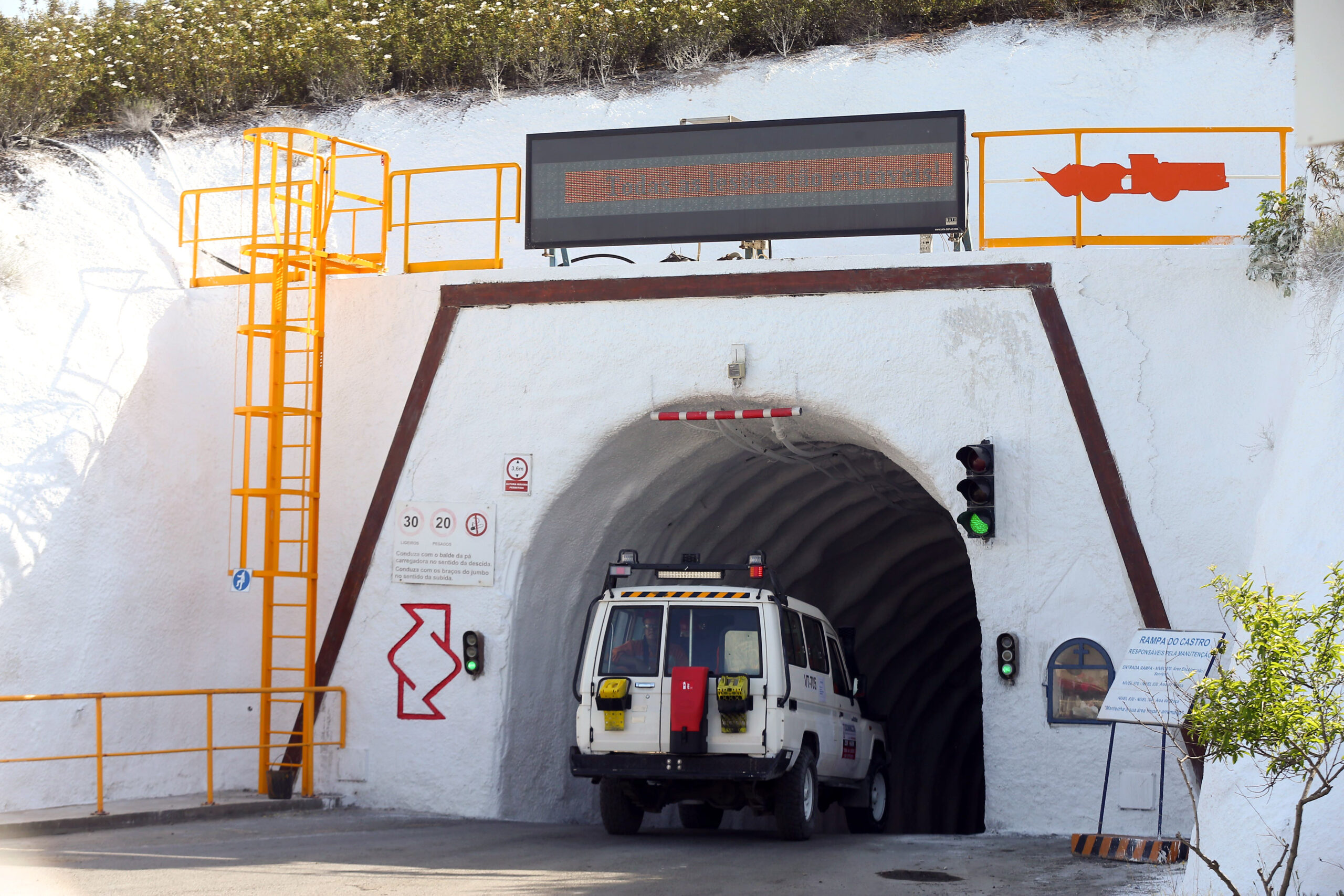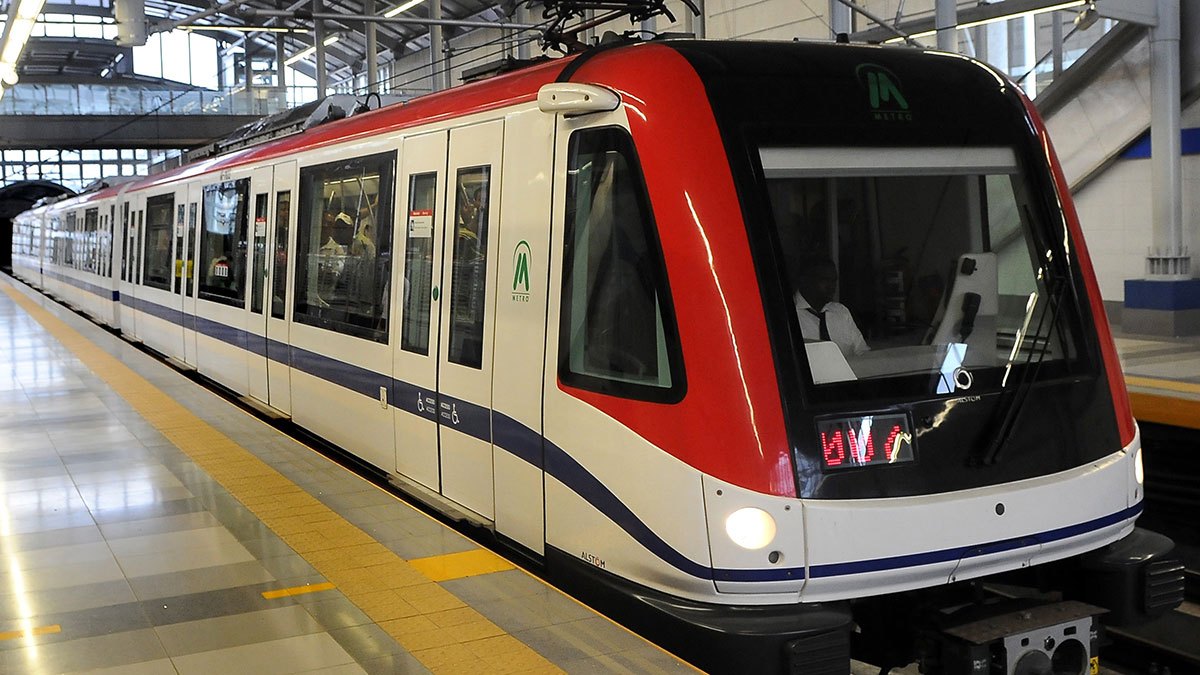
According to the most recent World Bank economic update published late in 2012, “Tanzania stands out as a model of sound economic performance with a growth rate of over six percent in 2011 and 2012.” Tanzania’s economic prospects look positive over the period for 2012-14, the report goes on to say, when its GDP is forecast to grow at a rate of 6.5 to 7 percent. In economic terms Tanzania was a rock of stability in 2011/12, recording solid growth and strengthened fiscal discipline despite increases in the rate of inflation.
A rock of stability, a model of sound economic performance, and politically stable to boot – Tanzania’s situation is a tribute to the great governance it has enjoyed since independence and thanks in no small measure to the wisdom of the late Julius Nyerere. Whatever you think of his brand of Ujamaa socialism it has given Tanzania a level of stability that is the envy of its neighbours. It’s true that the country developed slowly and that its growth has largely failed to impact those who make up 80 percent of the country’s poorest people. As the World Bank puts it: “Tanzania’s macroeconomic success has not been felt by the majority of the rural population that is still living in extreme poverty.” But this just serves to emphasise the potential for giving these citizens access to the agricultural commercialisation, diversification and urbanisation that has so far barely started to happen.
If you had to choose a single factor driving social and economic change in Tanzania it might well be communications. Prof John Nkoma certainly thinks so. A physicist by profession Dr Nkoma spent most of his career abroad doing research in the UK and Botswana where he held the chair of physics at the University of Botswana. However he returned to Tanzania in 2004 to head up the newly founded TCRA, successor to two former bodies, the Tanzania Communications Commission (TCC), which formerly regulated telecoms and the Tanzania Broadcasting Commission (TBC) which regulated broadcasting.
Professor Nkoma believes that developing the telecommunications network has been vital to Tanzania’s economy and encourages investors to partner with Tanzania so it can further grow its telecoms might and realise its full potential. “As a regulatory body we ensure that licenses are of reasonable duration and regulations are enforceable. We use the funds we receive responsibly – so I tell them to come and invest in Tanzania’s thriving telecoms industry.” He also believes that electronic communications of all kinds, now united under his overview, must be allowed to play their full part in education and healthcare.
If you want to talk to someone in Tanzania, get their mobile number or their e-mail address or use a VOIP connection like Skype. The number of wire connections in the country is small, and has remained largely constant over the last decade. Compare that to the number of mobile subscribers, which, from fewer than a million ten years ago, has now topped 26 million – that in a country with a total population of 45 million, half of them under 15! The mobile phone serves a different purpose in Africa than in other communities where the bulk of consumers use it for tweeting, chatting and finding a restaurant. Here it is a tool.
Financial services are the most talked about, Nkoma agrees, and Vodacom's well-known M-Pesa is paralleled by the other major players. Tigo has Tigo Pesa; AirTel offers airtel money and ZanTel Ezy Pesa. Each of these allows users to transfer without the need for a bank account, which so many people wouldn't qualify for. The fees are typically low. To transfer up to the equivalent of $600 Ezy Pesa charges just 12c. Tanzanians have been among the fastest adopters of mobile money services in the world, just behind Kenya. In agriculture, a growing number of agricultural information service providers offer technical advice and market information to farmers through bulk SMS, call centres or specialised apps. In the health sector, mobile phones have opened up opportunities for remote diagnosis so that health workers in remote facilities are supported to treat their patients by medical experts further away via telephone. This can potentially improve service delivery in light of understaffing in rural health centres.
Facilitating these services is just one of the things TCRA is interested in doing. “We have seen exponential growth in subscriptions, and that has been paralleled by the growth in services – in the earliest years there were just simple platforms, basically just voice; but now we have 3G networks therefore data transfer is becoming very important.” However when it comes to stimulating business growth, the regulator can leave much of the development to the ingenuity of the private mobile providers. Larger capital projects require more attention. Tanzania's principal city Dar es Salaam is fortunate in being the landing point for three international fibre optic 'pipes', the East African Submarine Cable System (EASSy), Seacom and Teams. To create an inland network Tanzania borrowed $170 million from China and raised a further $80 million to build a vast fibre-optic cable network, stretching 7,500 kilometres in a ring around the country.
Actually, there are three rings radiating out of Dar es Salaam and managed by the incumbent fixed network operator Tanzania Telecommunications Co Ltd (TTCL) Nkoma explains. The eastern ring links Dar with Arusha and Moshi to the north, and thence to Kenya; the western ring takes the network into Uganda, Burundi, Rwanda and the eastern DRC, while a southern ring goes into Malawi and Zambia. “For this part of the world fibre optic is a necessity – it is doing what the copper network did many years ago, and so much more, bringing fast broadband to populations that need it to develop business as well as healthcare and education.”
Long term evolution (LTE) will eventually allow remote access to high speed mobile broadband but it will never challenge fibre optic, he thinks. In any case any 4G spectrum offering is some way ahead. Meanwhile he is pleased with the spectrum management programme that TCRA has been able to deliver to date.
Much of TCRA's effort recently has been in managing a broadcasting revolution – the roll out of digital TV. The analogue signal was switched off in Dar es Salaam on December 31 last year, in Dodoma and Tanga at the end of January, in Mwanza in February followed by Moshi and Arusha in March. The switch-off in Mbeya on April 30 will mark the completion of Phase one digitalisation. Phase two will repeat the process as the remaining population centres are equipped with digital transmitters. “The cost of set-top boxes has not been a major problem, as the government waived tax on that equipment,” says Nkoma. An entry level STB costs around 40,000 shillings – about $ 25'.
While most of TCRA's work is concerned with electronic communications, it regulates postal services as well. Here the big project has been to introduce postcodes throughout the country. Tanzania leads the continent in introducing postcodes: “We have completed the basic planning, and have already compiled the postcode database for the whole country. Now it is just a question of implementation.”
TCRA is coming up to its tenth anniversary. Prof Nkoma takes a broad view of its achievements, pointing to its part in ensuring a sound and credible legislative framework for communications platforms in Tanzania, with. This, he emphasises, is vital to attract inward investment. “Investors need to feel protected against unfair competition.” Following the passing of the 2010 Electronic and Postal Communications Act, new regulations published in 2011 brought in an up to date regime for the long term. “We now have a well articulated structural strategic plan which spells out our vision, our mission, strategic goals and core values of the organisation,” he concludes.
Written by John O'Hanlon, research by David Brogan
DOWNLOAD
 TCRA-AfricaTelecoms-May13-Bro-s.pdf
TCRA-AfricaTelecoms-May13-Bro-s.pdf













